The tower on which the light stands, which seemed at a distance to be white, is in reality red, being made of pressed brick, and capped with freestone; it is forty feet high, and surmounted by an iron frame in which is set the glass of the outer lantern; through the centre passes a large circular iron shaft, on the top of which stands the cylinder containing the oil, and around which revolves the lantern itself.
The ascent is made by three sets of iron stairs, each resting on a floor of solid stone nearly a foot thick; on the first of these floors rests a long wooden case, which extends to the clock room at the top of the third flight; within this case hangs the weight which turns the lantern. At the top of the third flight, we come to a trap door, lifting which we enter the keeper’s room, where the base of the lantern rests, and where the clock work of which it is turned is fixed in a large glass case, very carefully jointed.
The lantern rests on six steel wheels, which revolve around the center shaft on a steel bed; the best of oil is used for these wheels and the clock work; this bed must be kept entirely free from dust, as the least particle of any foreign substance shows its presence by a cessation of the revolutions; even a sudden change in the weather, from dry to damp, will cause the wheels to stop. The machinery by which the lantern is turned is very simple, being merely a heavy piece of clock work, having a ‘governor’ attached to it, which by spreading apart strikes two brass wires on either side, and announces an increase in the speed; this is usually wound up with a crank every half hour. The furniture of the rooms is very simple, consisting of a cover to the lamp, an extra lamp, a regulator, and a few chairs; on the outside of the tower is a terrace of freestone with an iron railing, reached by a sliding door.
Ascending another shorter flight of stairs we stand on a level with the light, which rests on the top of the shaft just above the cylinder of oil; the lantern revolves outside of this, then comes a floor about two feet wide, and then the outside lantern; the glass of the outside of this outside lantern is not so thick as many of our shop windows; between the light and lantern there is ample space for a person to walk around it without touching the glass.
The lantern revolves once in every four minutes from sunset to sunrise, stopping only when the clock work is wound up; the force by which it is impelled is so slight that the pressure of the finger will arrest its course, or increase it double.
The diameter of the lantern is nearly five feet, perhaps more, its height nearly ten; the top is reached by a short wooden ladder on the outside; the lantern is composed of eight hundred and sixty-four different prisms all set in an iron frame; the prisms are each about three inches through the centre of their tops, tapering at each end and toward the bottom where another laps over it, so that the lantern presents the appearance of being covered with circular glass clapboards.
Exactly in the centre of each section, of which there are twenty-four, is a large magnifying lens about ten inches in diameter, through which all the rays of light pass out after being reflected from the under and upper sets of prisms; these prisms are arranged in sets of nine each, two above and two below the centre lens; these are so carefully arranged that all different rays which the lamp emits are collected and reflected from one to the other, and finally sent through the magnifying lens; no rays escape. These rays, so strong are the magnifying lenses, do not converge until at a great distance; the keeper informed me that they had converged on a piece of paper held on the wharf at Fairhaven, a distance of thirty miles; while the light itself is plainly visible at a distance of sixty or seventy miles.
The effect of these prisms is also shown in another way; the end of each section where they set into the iron frame are very thin, and at these parts no rays are reflected, so that whenever these parts come between the light and the spectator the light seems to be almost extinguished, and then it grows brighter as the thicker portion comes around; this is the cause of the alternate light and darkness, which take place every ten seconds, or twenty-four times during one revolution of the lantern itself. In the centre of the lantern, stands a large cylinder, the piston of which works by its own gravity; it is wound up in the same manner as the clock work below; from the bottom of this cylinder of a slender brass pipe conducts to the wicking of the lamp, branching near the top into four smaller pipes, each of which conducts to a separate wick of which there are four circular axes; one within the other with a space of an inch between; the cylinder is filled with oil, the piston wound up, and slowly descends by its own gravity, being resisted by the oil; the piston forces the oil up through these pipes into the wicks, from which the excess of the supply above the demand runs back through a strainer into the cylinder; thus there is a continued stream or circuit all the time from the cylinder through the lamp back again, so that the supply can never fail, which it might do did the supply depend entirely on capillary attraction; each wick is raised or lowered by a cog wheel; the top of the glass chimney sets into one of sheet iron which conducts the smoke out into the open air, and make a draught, by which the draught is regulated.
When the piston is to be wound up, which takes place every half hour, the damper is shut, a little stop-cock in the supply pipe is shut so as to cut off the circuit of oil, and to keep the oil above it from being drawn away from the wick by the suction of the piston; as soon as the piston, which has a valve in it through which the oil may pass when it is wound up, is ‘chock’, the stop-cock is opened, the circuit is again completed, and all goes on as before for another half hour. All the glass work is cleaned every day, and for this purpose a piece of soft wash leather dipped in alcohol and rough is used; this is the best article that has ever been found. The lamp is lighted a half an hour before sunset so as to see if everything works well; but the curtain, with which it is protected from dust in the day-time, is not removed until sunset. There is a head keeper and two assistants; the night is divided into three watches, the first after two, and the third till sunrise. The old light stood nearer the cliffs, but the ground began to settle away, and prudence suggested the site further away; the cliffs are composed of clay of different colors, and of course it is constantly crumbling away. The keeper takes great pride in this lamp and has many visitors; just before us were ‘Porte Crayon’ of Harper, and Mrs. Austin of Atlantic celebrity. There night after night sits the keeper gazing at the light as if it were a human creature; it reminds one of the ‘glass house working in Master Humphrey’s Clock,’ and the keeper laughing when I told him the story, acquiesced pleasantly. - [Cor. Taunton Am. Rep.




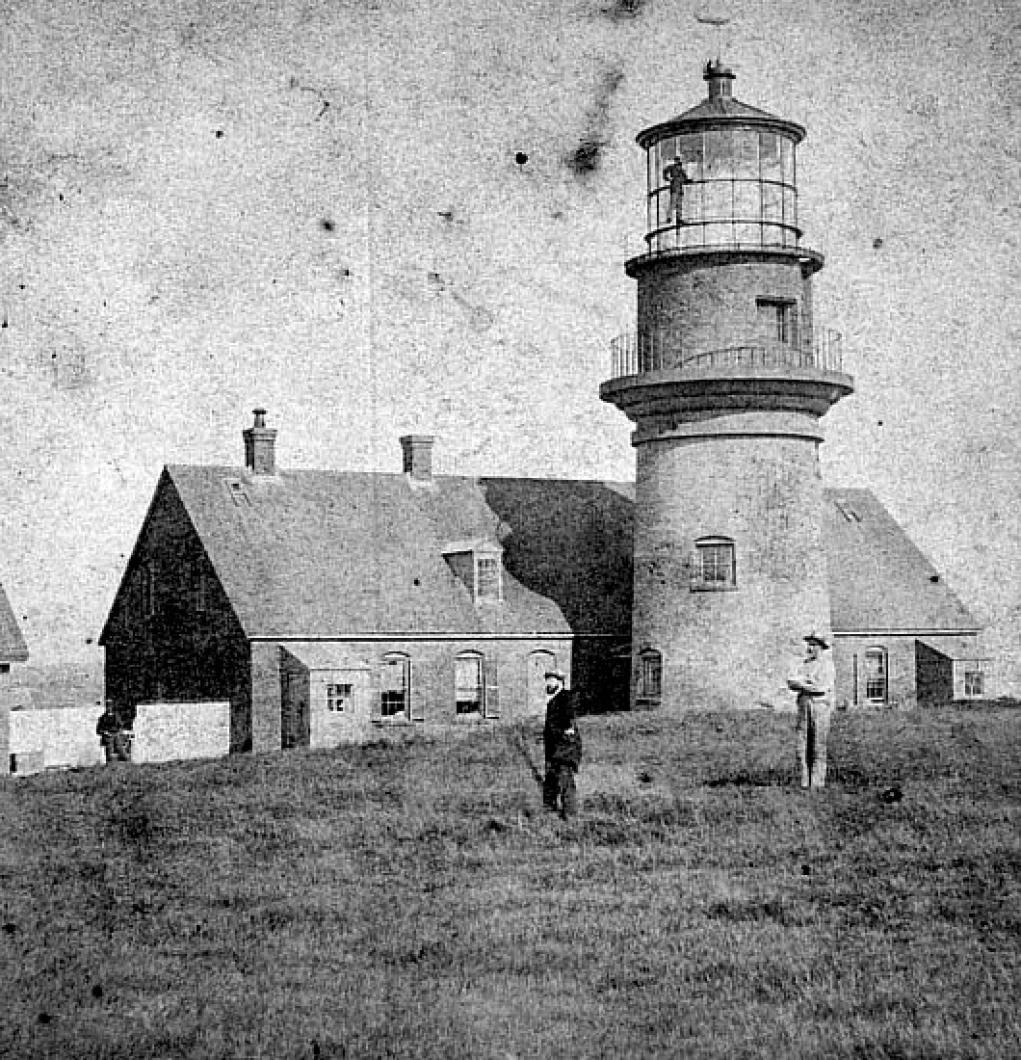
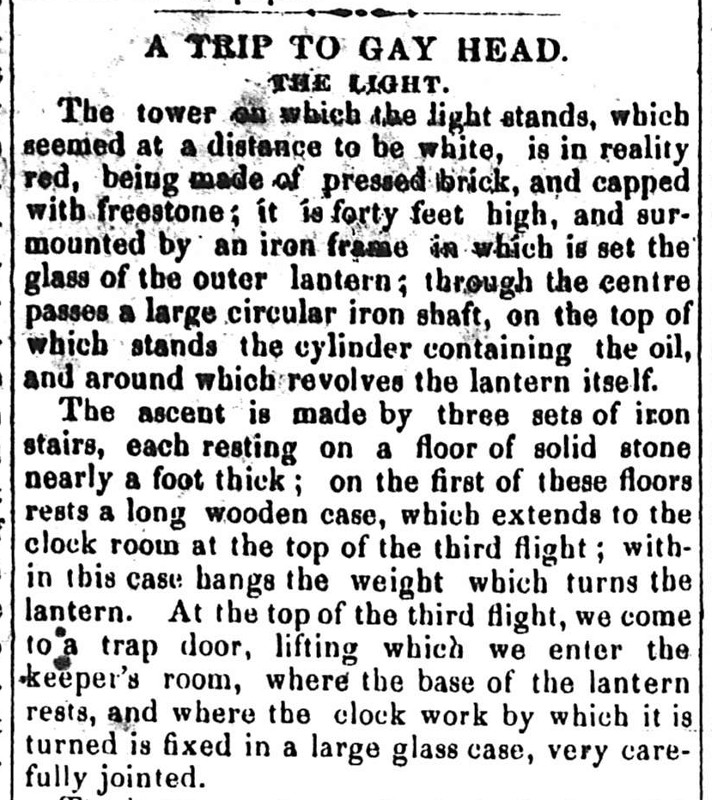

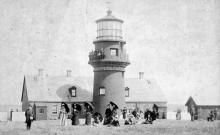
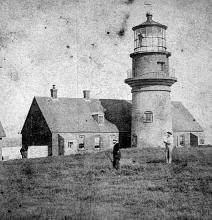
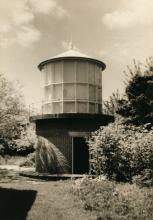
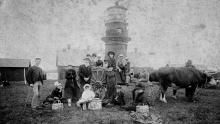
Comments